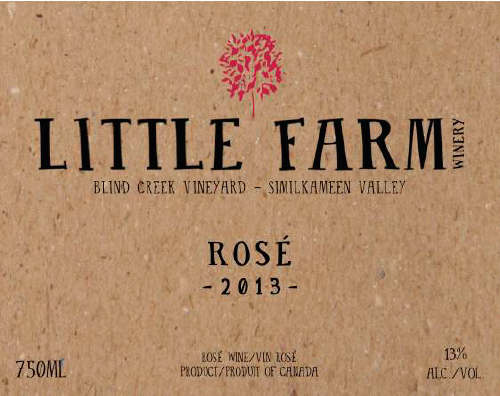I’ve spent many a column waxing on about the joys of drinking rosé, regardless of season. The fresh and lively food-friendliness of a dry, pink wine makes it so versatile for a cornucopia of dishes from hamburgers to seafood and curries. A colleague recently blind-tasted me on eight different rosés from around the world that, frankly, contained both hits and misses.
When we got to the final one, hued with a burnt orange tone, my first hint of its provenance came from the initial swirl and sniff. Red berry fruit, cherries in particular, seemed to mingle amongst a good dusting of fresh sage.
Any time sage grabs a seat at the table, I automatically think BC; a suggestion of it on the nose or palate is often indicative of grapes grown in the South Okanagan amongst the scrubby hills where sagebrush grows wild. The wine was fresh, quite crisp with good acidity, and there was just enough, a pinch really, of residual sweetness on the finish to make it easily quaffable.
These notes certainly kept me in the Okanagan as well. Our biggest wine region is known for wines with vibrant acidity, the effect of a short growing season that, more often than not, prevents natural acids from plummeting too low and having a ‘flabby’ wine as a result. The good concentration and intensity of fruit (cherries, raspberries, strawberries!), as opposed to more subtle fruit notes, lent hints towards a warmer climate. Again, there’s no shortage of hot weather in that Oliver or Osoyoos area.
And so, with those red fruits and herbs, I guessed cabernet franc as the dominant grape, and the other factors had me officially calling out the desert climate of Osoyoos as the wine’s home.
“So,” my friend asked, “Do you like it?”
“Oh, totally!” I’d responded, “I think it’s fantastic!”
The cover came off and I was both delighted and relieved. I was delighted because I was very close to nailing the wine. I’m not always the greatest of blind tasters, so I tend to get pretty stoked when I do come within spitting distance of a correct deduction. As it turns out, it was indeed a cabernet franc, but from the nearby Similkameen Valley. So very close to the South Okanagan! While still a very hot climate, the Similkameen’s limestone-rich soils and windswept, rugged terrain often brings an almost-rustic style to many of the area’s wines.
Here’s the thing. The wine was from Little Farm Winery, arguably British Columbia’s smallest winery, owned and operated by winemaker Alishan Driediger and her husband Rhys Pender, a well-known wine educator, consultant and writer. Both Alishan and Rhys are very good friends, and two of the sweetest people you’ll ever meet. It was indeed my first time trying the 2013 edition of their wine, and – yup – it’s such a relief to not have to lie to them about whether I like it or not.
It’s absolutely delicious. Better yet, not only do I like it enough to honestly share my admiration with my pals who crafted it, but to also wholeheartedly recommend you snag yourself a bottle or two. When we talk of wine offering a good sense of place, this one hits the mark. An enjoyable splash of British Columbian summer. The Little Farm 2013 Rosé is available at Marquis Wine Cellars for $28.90, by the glass around town, or winery-direct at LittleFarmWinery.ca. A mere 170 cases were made, you’ll have to act fast!



